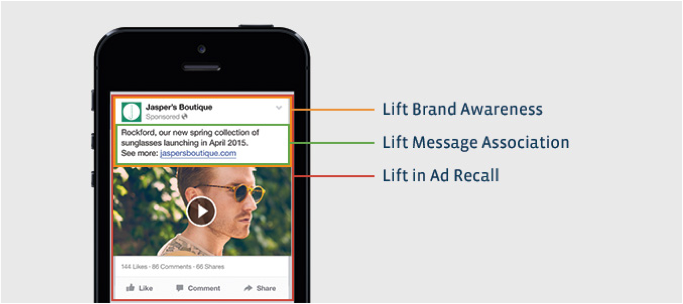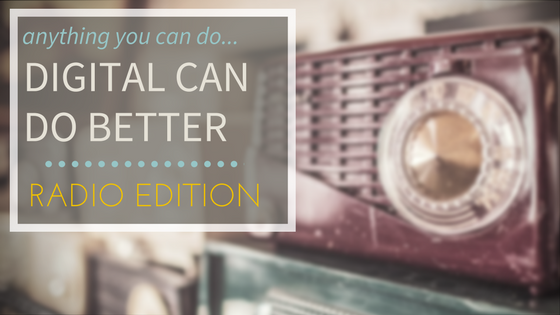Facebook and other leading Social Platforms have been placing an increased focus on what’s known as the “Visual Language.” This digital content phenomenon has grown rapidly on a global scale and is comprised of variety of different mediums, including: GIFs, emojis, and other forms of shareable photos and video. Specific to video, in 2014, 76% of Americans who use Facebook report that is the primary platform where they are discovering video content.1
“We are seeing this shift to a visual language come to life on Facebook. The number of video posts per person has increased 75% globally, and 94% in the US.”
–FB Insights, January 2015
With the growing emphasis from social platforms to share and promote these “visual language” types of content, marketers and brands are shifting their content mixes to focus more on these visuals – in hopes of standing out on an already cluttered playing field.
The Bill Gates coined phrase, turned industry philosophy, Content is King, became a credo that drove the marketing and advertising industry for decades. While this is still true almost 20 years later, it’s no longer as simple as just creating a singular form of great content to drive awareness, engagement and purchase.
What constitutes as “making great content” has dramatically shifted as device usage and consumer behavior have evolved. From an advertising and consumer perspective, no digital medium has evolved as rapidly as social video in recent years.
Leading social platforms, Facebook, Instagram, Twitter, Snapchat and Pinterest are all heavily invested in driving marketers to create and promote new types of visual content, particularly video, and brands are starting to take note and reap the rewards in the process.
The Rise of Promoted Video and What it Means for Brands
Video on Facebook is nothing new; the platform capability has been available since 2007 – just two years after YouTube was founded. However, only in the last two years has video started to play an integral role for how brands are reach their existing base of followers/fans, extend their reach and acquire new ones as well.
Facebook, in particular, has introduced compelling promoted video features and Display Advertising options for marketers since 2014. During this time, the platform giant has continued to increase the amount of emphasis and weight put behind native videos when compared to static image ads. Facebook videos now auto-play in users feeds – and as a result marketers are now seeing significantly higher reach than other forms of content (e.g. static photos, external video links, and standard posts.)
2015 Nielson Facebook Research showed definitive evidence that once a consumer watches even a short portion of a video ad, there are quantifiable lifts for brand recall, awareness and purchase consideration2. All of which continue to increase the longer the consumer watches the video. Results show increases of 1.3-1.7x in video ad effectiveness when compared to static image ads.

Many industry experts believe that Facebook’s promoted video ads have a specialized algorithm that weight them ahead of comparable static image ads targeted to the same audience, giving videos preferential placement within news feeds. This perceived “boost” that Facebook provides to video based ads net higher numbers of unique impressions, post engagement and people taking action.
Not only is Facebook currently rewarding advertisers that promote/host native video on their platform, they’ve also made a significant play to enable smaller brands and companies to produce quality content
Facebook’s most recent rollout is an “in-house partner network” of Content Publishers called ANTHOLOGY. The goal of ANTHLOGY is making high-quality video production accessible to the masses that may not have the traditional creative resources available to produce such content. This further enforces the fact that Facebook is looking to take share from other video and ad hosting platforms like YouTube and VIMEO and general broadcast as a whole. Content is still king, and the goal of Facebook’s ANTHOLOGY is to make the king more accessible to the their kingdom, as it were.
“Content is still king, and the goal of Facebook’s ANTHOLOGY is to make the king accessible to the peasants” – Bill Gates
If Facebook’s commitment and success with promoted video wasn’t already apparent, Twitter’s recent announcement is a solid indicator that the other social media giant is falling behind, after posting their first net loss in revenue of $160M+ from Q4-14 to Q1-15.
Continue learning about the rise of social video. Click here to see the next post.
Sources:
[1] “Understanding the Online Video Universe,” by HawkPartners
[2] http://www.nielsen.com/us/en/solutions/advertising-effectiveness.html




